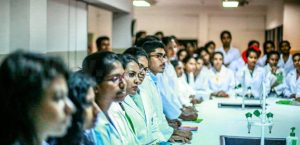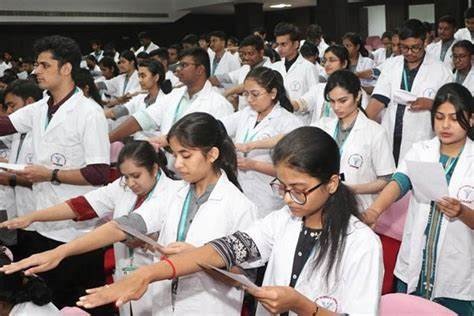Experts Stress Urgent Evaluation of Sri Lanka’s Medical Education Infrastructure and Resources
A growing concern over the expansion of medical faculties in Sri Lanka without a comprehensive needs analysis and adequate resources for training has prompted experts to call for urgent action.
Currently, Sri Lanka boasts 12 state medical faculties, including one military medical faculty, and plans for three private medical faculties. However, there are growing apprehensions among health experts regarding the adequacy of facilities and clinical training opportunities to ensure the quality of medical graduates.

Issues have surfaced within some state medical faculties regarding a lack of essential facilities and clinical training, potentially leading to the production of inadequately trained doctors. Concerns have been raised about protests and conflicts, including a recent issue at the Sabaragamuwa Medical Faculty, highlighting the need for agreements between hospitals and universities to facilitate student training.
Moreover, the medical education sector is grappling with challenges such as brain drain, with qualified professionals leaving for opportunities abroad, exacerbating shortages in faculty and clinical staff. The sustainability of existing faculties is also under scrutiny, with questions raised about retired academics taking up key positions.
The proliferation of private medical faculties, offering potentially more lucrative employment opportunities, adds another layer of complexity to the situation. Experts emphasize the importance of assessing employment prospects, economic feasibility, and the availability of facilities and resources before further expanding the medical education sector.
Professor Dileep De Silva, a Specialist in Health Finance and Health Management, underscores the need for strategic planning and policy implementation to regulate the establishment of new medical colleges and align workforce supply with demand. Such measures are crucial for maintaining the quality of medical education and ensuring optimal patient care standards.
‘







